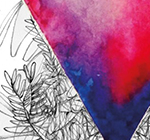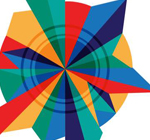
To be in the World of Creative Arts or Not to be?
During my A level years I was passionate about everything Theatre. My junior school days had been spent here in Brunei but Theatre and Drama were more of an extra ...
More



To be in the World of Creative Arts or Not to be?
During my A level years I was passionate about everything Theatre. My junior school days had been spent here in Brunei but Theatre and Drama were more of an extra ...
More

Combustion. Figurative. Abstract
From 12 to 17 December 2014 Kaleidoscope Studio will be presenting their first two man show. Entitled “COMBUSTION,” the exhibit features two young artists who have ...
More

Creative Exploration Session 1
Kaleidoscope is organising their First Creatives Insight Session at Kaleidoscope Studio Gallery in Kiulap. The session will be on the 14th of November 2014 starting ...
More